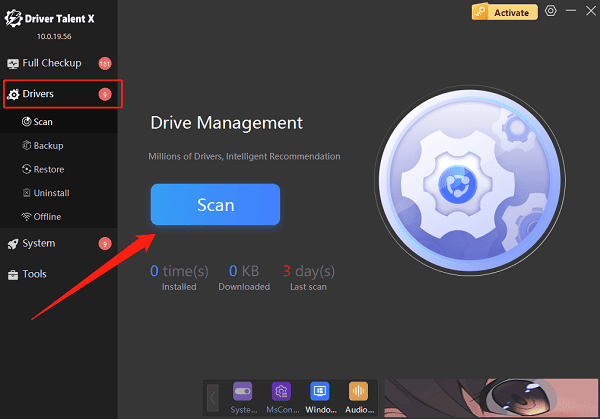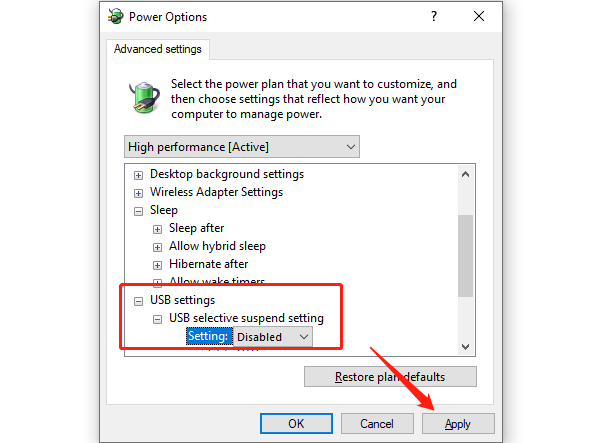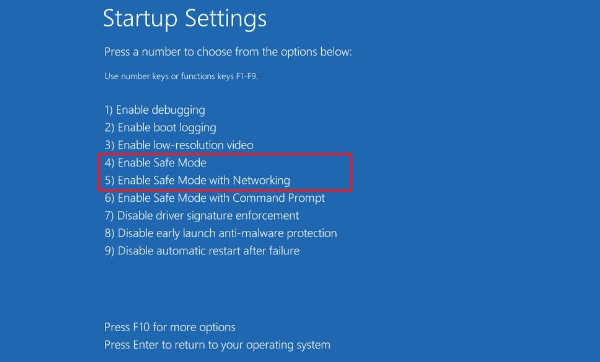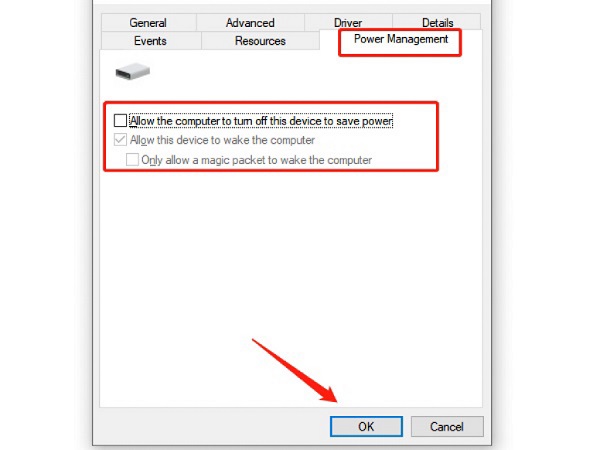USB-C flash drives have become the preferred data transfer tool for an increasing number of users.
However, during daily use, some users may encounter issues where the USB-C flash drive is not recognized, shows no response when inserted, or the system displays an error such as "Device cannot start", which can disrupt work and data backups.
Don't worry—this guide will help you identify the causes behind an unrecognized USB-C flash drive and provide 7 quick and effective solutions to help you resolve the issue and restore normal functionality.
I. Common Causes
Poor contact between the USB-C port and the flash drive
Missing, corrupted, or outdated drivers
Abnormal system power management settings
Insufficient power supply (common with docking stations)
Damaged file system (e.g., shown as RAW format)
Hardware failure of the USB flash drive
Lack of hot-swapping or compatibility support for USB-C in the system
II. 7 Quick Fixes
Method 1: Try a Different Port
Plug the USB-C flash drive directly into a motherboard USB-C port (avoid docking stations).
Clean the port and check for looseness.
Avoid using multi-functional USB-C hubs or adapters.
Tip: Use original or high-quality USB-C data cables to prevent interference or power supply issues.
Method 2: Update Drivers
Outdated, corrupted, or incompatible drivers may prevent your USB-C flash drive from being recognized. It's recommend to use Driver Talent X, which automatically updates drivers efficiently and minimizes errors caused by manual installation.
Click the download button to get the latest version of Driver Talent X, then install and launch the software.
Go to the "Drivers" section and select "Scan" to detect all driver statuses on your PC.

Locate the disk driver in the scan results and click "Upgrade".
Restart your computer to ensure the new driver takes effect.
Method 3: Check Disk Management
Right-click the Start button and select "Disk Management".
Check for unallocated disks or partitions displayed as RAW format.
If recognized but no drive letter is assigned, manually assign one.
If RAW is shown, try using a data recovery tool or format the drive for reuse.
Method 4: Disable USB Selective Suspend
Go to Control Panel > Power Options > Change plan settings > Change advanced power settings.
Find USB settings > USB selective suspend setting.
Set it to "Disabled", click "Apply", and restart your computer.

Method 5: Boot into Safe Mode
Restart your computer in Safe Mode (press F8 or use Settings > Recovery > Advanced Startup).

Insert the USB-C flash drive and check if it is recognized.
If it works, third-party software conflicts (like antivirus or disk tools) may be the cause—consider disabling or uninstalling them.
Method 6: Adjust Device Power Management
In Device Manager, right-click the flash drive under disk drives and select "Properties".
Go to the "Power Management" tab.
Uncheck "Allow the computer to turn off this device to save power".

Click "OK" and restart your PC.
Method 7: Test on Another Device
Plug the flash drive into another computer with a USB-C port.
If it's not recognized on any device, the flash drive itself may be damaged. Contact the manufacturer's support or consider replacing it.
III. Additional Tips
Regularly back up important data stored on your USB drive to avoid data loss.
Avoid using USB-C devices in hot or humid environments.
Ensure the USB-C port is free of dust or debris before connecting.
Do not plug the flash drive into a phone while charging to avoid current instability.
In most cases, unrecognized USB-C flash drives are caused by driver issues, compatibility problems, or system settings. By troubleshooting step by step using the methods above, you can quickly resolve the issue.
We especially recommend using professional tools like Driver Talent X to automatically update drivers, saving you valuable time and ensuring smooth performance for your USB devices!
